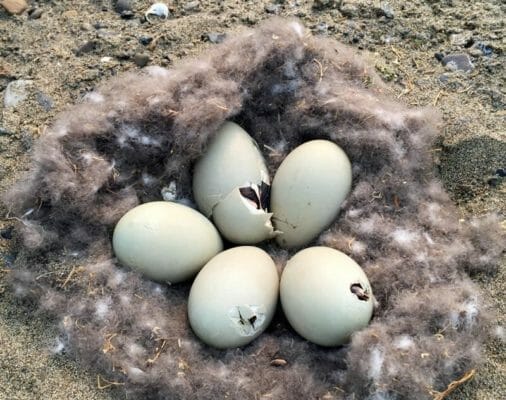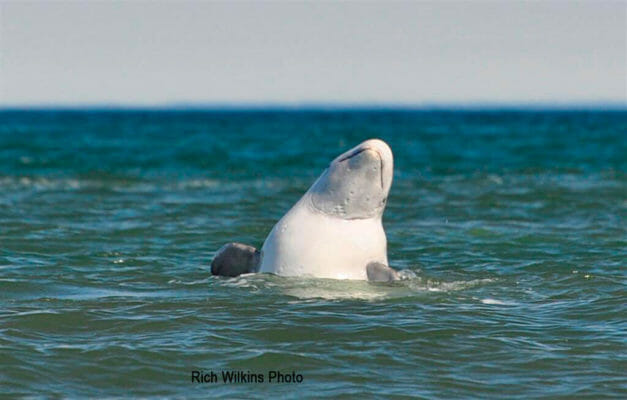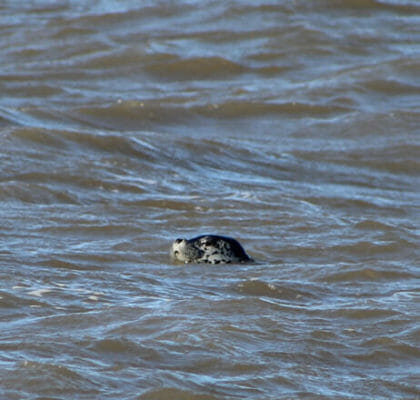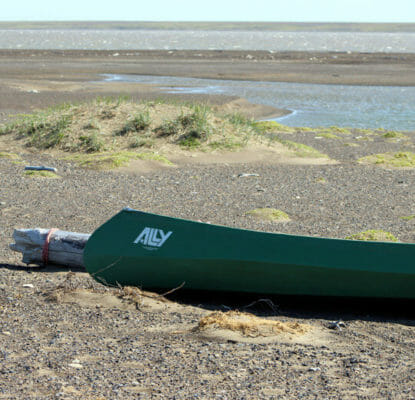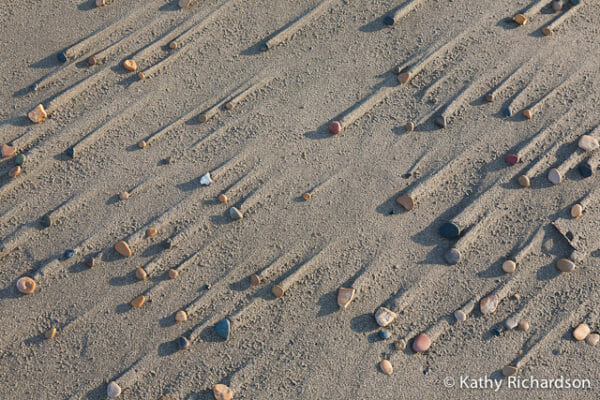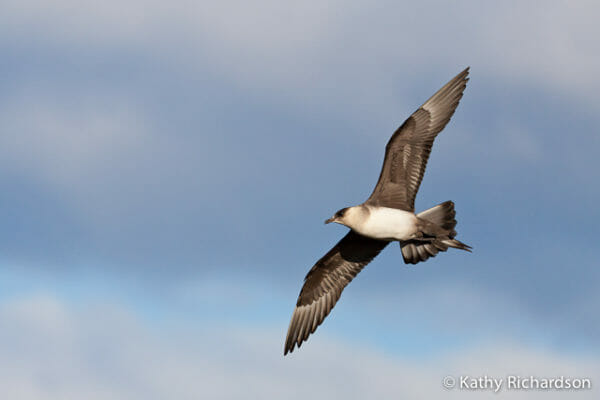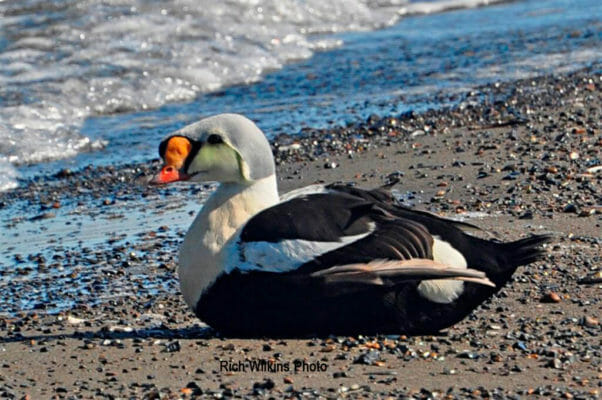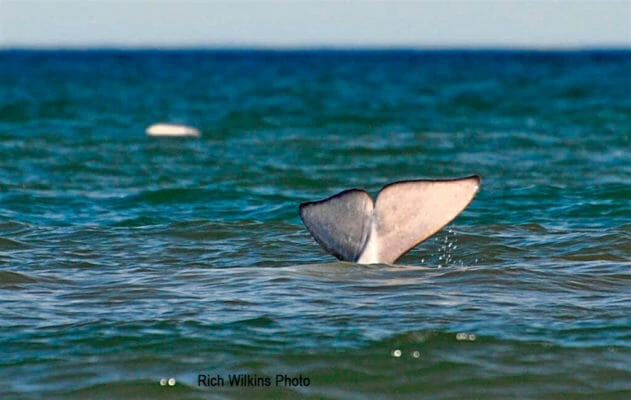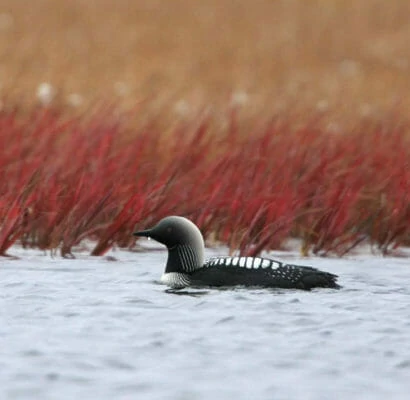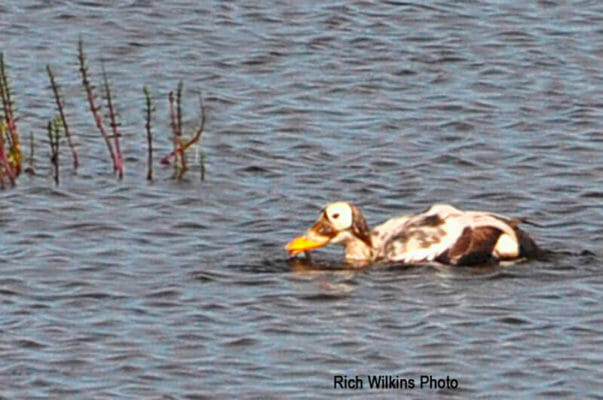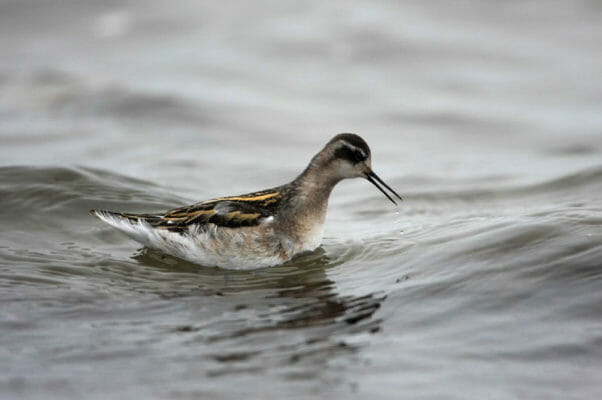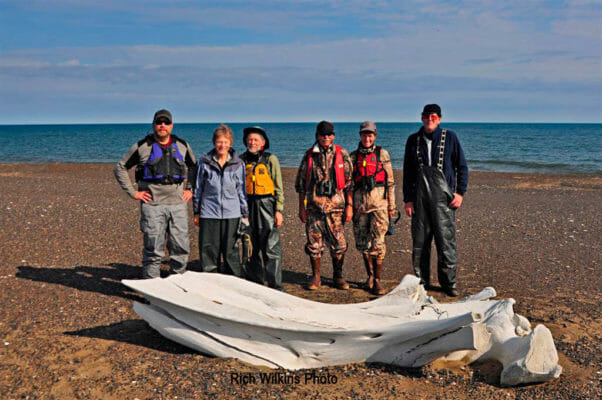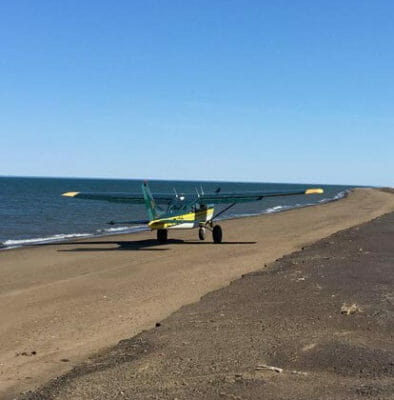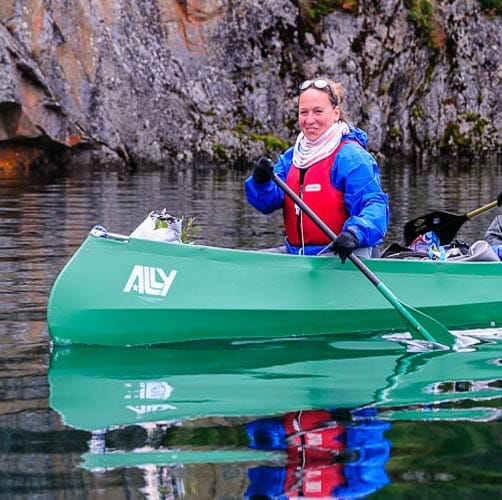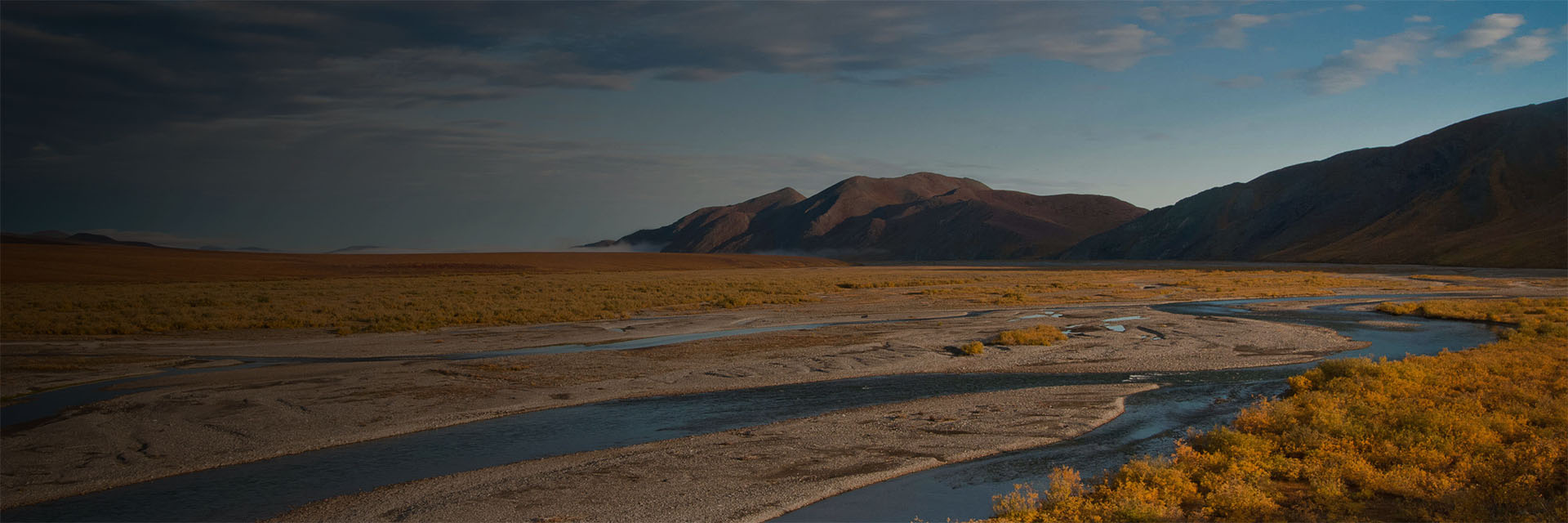Last updated: July 31, 2022
Itinerary
What follows is a general flow of events. Expect the unexpected and prepare to be flexible.
Day 0
Meet your guide for a pre-trip meeting in Kotzebue at 6:45 pm.
Day 1
Fly from Kotzebue north into one of the most remote and untraveled parts of Alaska. On the flight, we cross the Brooks Range and may see thousands upon thousands of caribou migrating west.
Day 2 - Day 6
The days and nights are ours to explore and marvel at this unique destination. We will plan to paddle about 40 miles of lagoons bays and coastal rivers. With plenty of time to cover the distance, we will travel when conditions are favorable and explore on foot when the wind picks-up. When not paddling we can hike in search of wildlife and birds, explore the old village sites, beach comb for whale and walrus bones, maybe observe arctic foxes at their dens, photograph sea ducks, or just sit by a driftwood fire and enjoy the sight of the sea and sky. No matter how we spend our time, each day will be full of adventure and surprises.
Day 7
On our last day we await our pilot and the spectacular flight back south across the tundra. Weather permitting, we will be back to Kotzebue in time for a hot shower and a late dinner.






